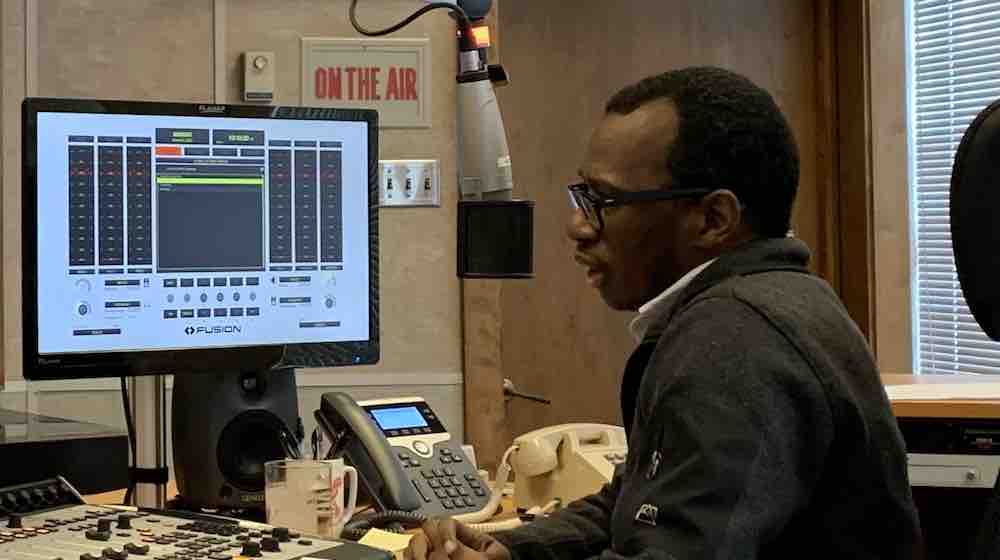Tracing Scribal Genealogies In Syriac Manuscripts: The Naṣro Family
Tracing Scribal Genealogies in Syriac Manuscripts: The Naṣro Family
May 11, 2023This story is part of an ongoing series of editorials in which HMML curators and catalogers examine how specific themes appear across HMML’s digital collections. From the Eastern Christian collection, Dr. James Walters shares this story about Scribes.
How does one become a scribe? The act of hand-copying a manuscript requires specialized skills that, like many other occupational trades, must be learned through practice, particularly in cultures where not everyone learns to read and write. Many Christian manuscripts were copied in ecclesiastical settings (primarily churches and monasteries), at least in part because the ecclesiastical figures (priests, monks, etc.) needed to read the materials they were preserving. But for some scribes in modern Iraq, the practice of copying manuscripts was more than a byproduct of religious duties. It was a matter of family tradition.
In the process of cataloging manuscripts in the Eastern Christian collections that HMML has photographed, we have come across a significant number of manuscripts copied by a single family: the Naṣro family from Alqūsh, Iraq.
How many manuscripts, you ask? According to the scholar David Wilmshurst, the Naṣro family was responsible for copying at least 170 manuscripts. HMML Reading Room provides access to at least 70 manuscripts copied by various members of the Naṣro family. It’s difficult to know how many of these overlap with Wilmshurst’s numbers, but it is highly likely that many of the digitized manuscripts in HMML’s collections were unknown to Wilmshurst, given the wide geographic range of where they are located. One manuscript (APSTCH THRI 00058) even traveled all the way from Alqūsh to India, where it was bound together with other materials before being digitized.
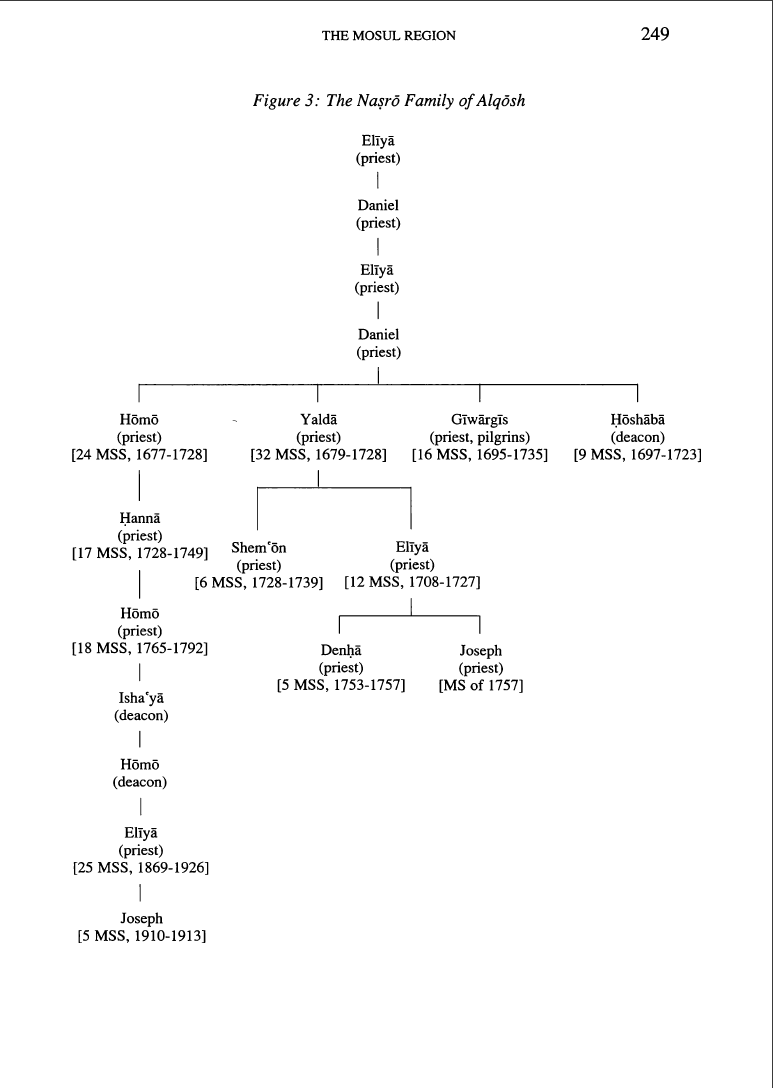
The known genealogy of the Naṣro family begins in the 17th century with four brothers, each of whom served as a scribe in addition to their ecclesiastical duties as priests or deacons. The four brothers were named Homo, Yaldā, Gíwargís, and Košābā. We do not have definitive birth or death dates for any of these scribes, but it is clear from the dates in the manuscripts they copied that the brothers were all active in the late 17th and early 18th centuries.
We know that these four scribes were brothers because details about their genealogy are given as part of their names, as was customary for scribes in the Syriac tradition. Such information about a scribe’s identity and family typically appears in a manuscript’s colophon, short notes that often provide valuable information about the production of a manuscript. What is special, however, about the Naṣro family is how consistent they were in including multiple generations of their family in their colophons, making the task of identifying them and tracing their history much easier for future readers.
For example, the scribe Yaldā includes the following information as he identifies himself in a manuscript he copied (CPB 00429):
“The priest Yaldā, son of the priest Dāníʼél, son of the priest ʼEliyā, son of the priest Dāníʼél, son of the priest ʼEliyā, who was known as the house of Naṣro, the Alqushite.”
The colophon also contains an interesting note about repairs made to the manuscript: it says that the manuscript was “restored” by the priest ʼEliyā, who also provides extensive genealogical information and turns out to be the great-great-great-great nephew of the scribe Yaldā, who copied the manuscript!
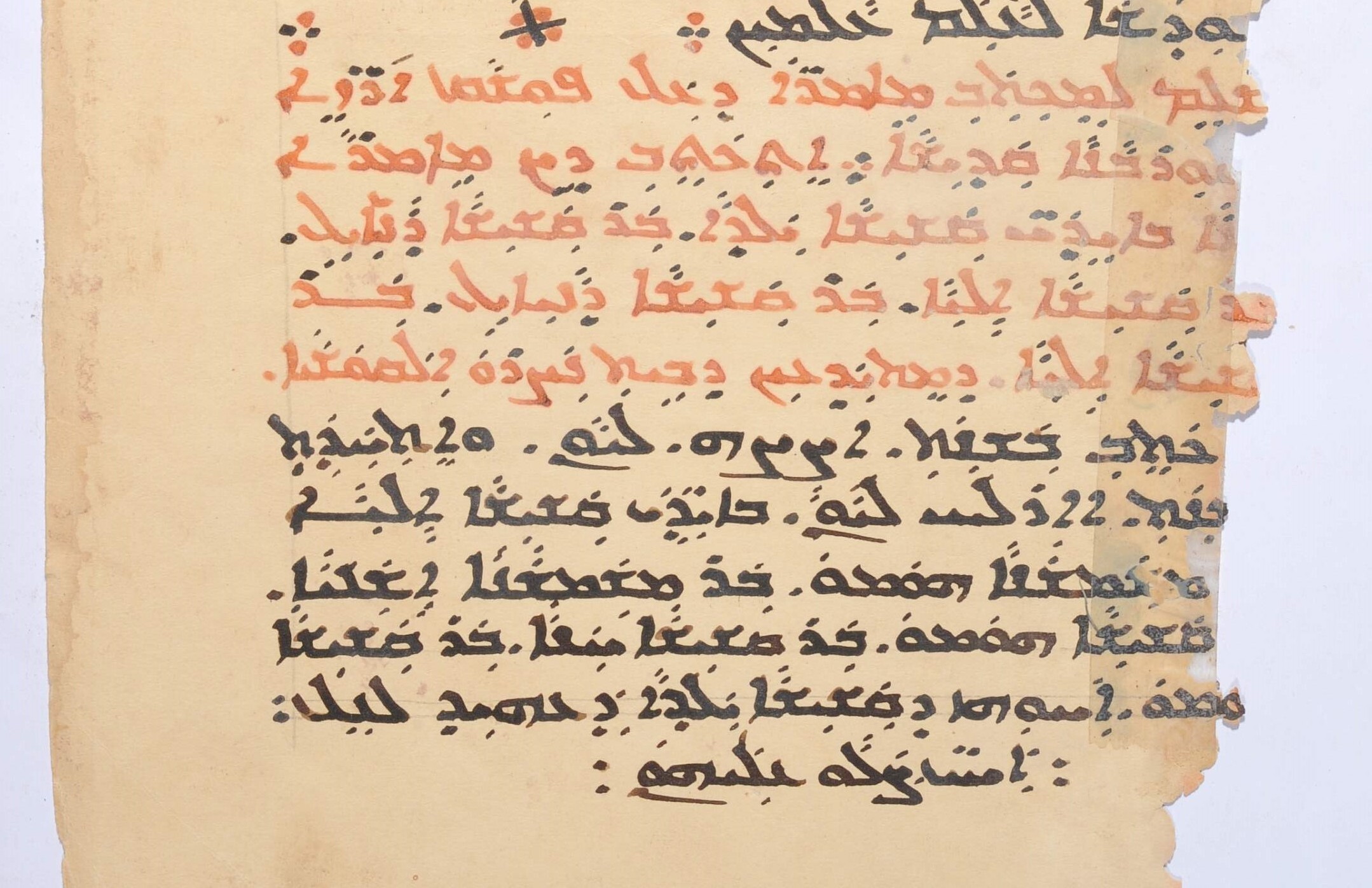
This ʼEliyā, who copied manuscripts in addition to repairing older ones, had a son named Yawsep who also took up the family scribal trade. Yawsep was active in the early 20th century. In one of his manuscripts (BJI 00005), Yawsep provides one of the most impressive genealogical records of the whole family, tracing his lineage back 10 generations:
“The student Yawsep, son of the priest ʼEliyā, son of the deacon Homo, son of the deacon Ishaʿya, son of the priest Homo, son of the priest Ḥanna, son of the priest Homo, son of the priest Dāníʼél, son of the priest ʼEliyā, son of the priest Dāníʼél, son of the priest ʼEliyā, who are designated as the house of Naṣro.”
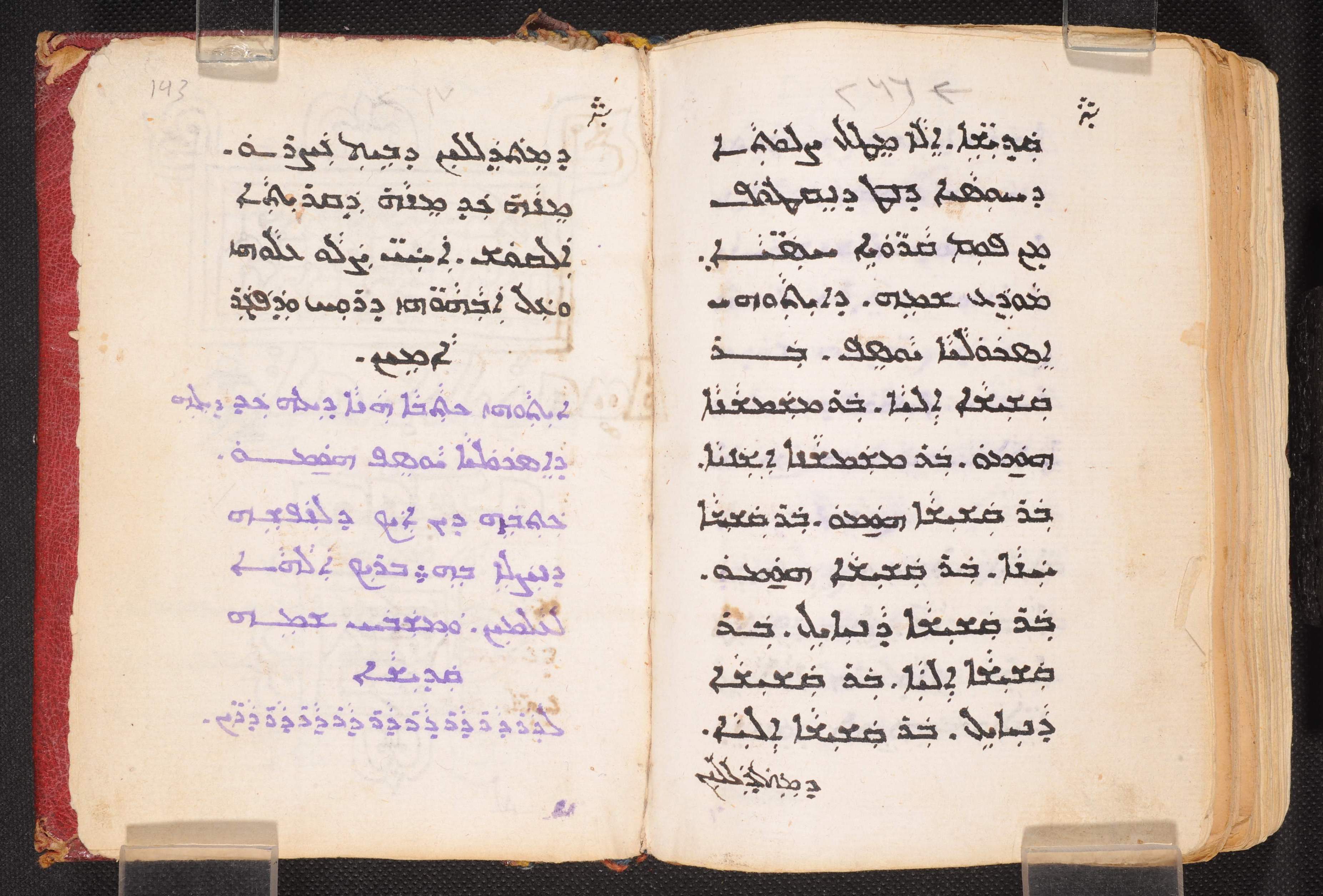
Not every scribal note gives the full family history, and even individual scribes varied their practice from manuscript to manuscript. In one manuscript (SGCCT 00001) the previously mentioned Yaldā gives a shorter version of his name, and identifies the assistance of his brother Gíwargís: “I make known that my name is priest Yaldā, son of the priest Dāníʼél, son of the departed priest ʼEliyā the Alqushite…And also my brother, the priest Gíwargís wrote with me in part of this book.”
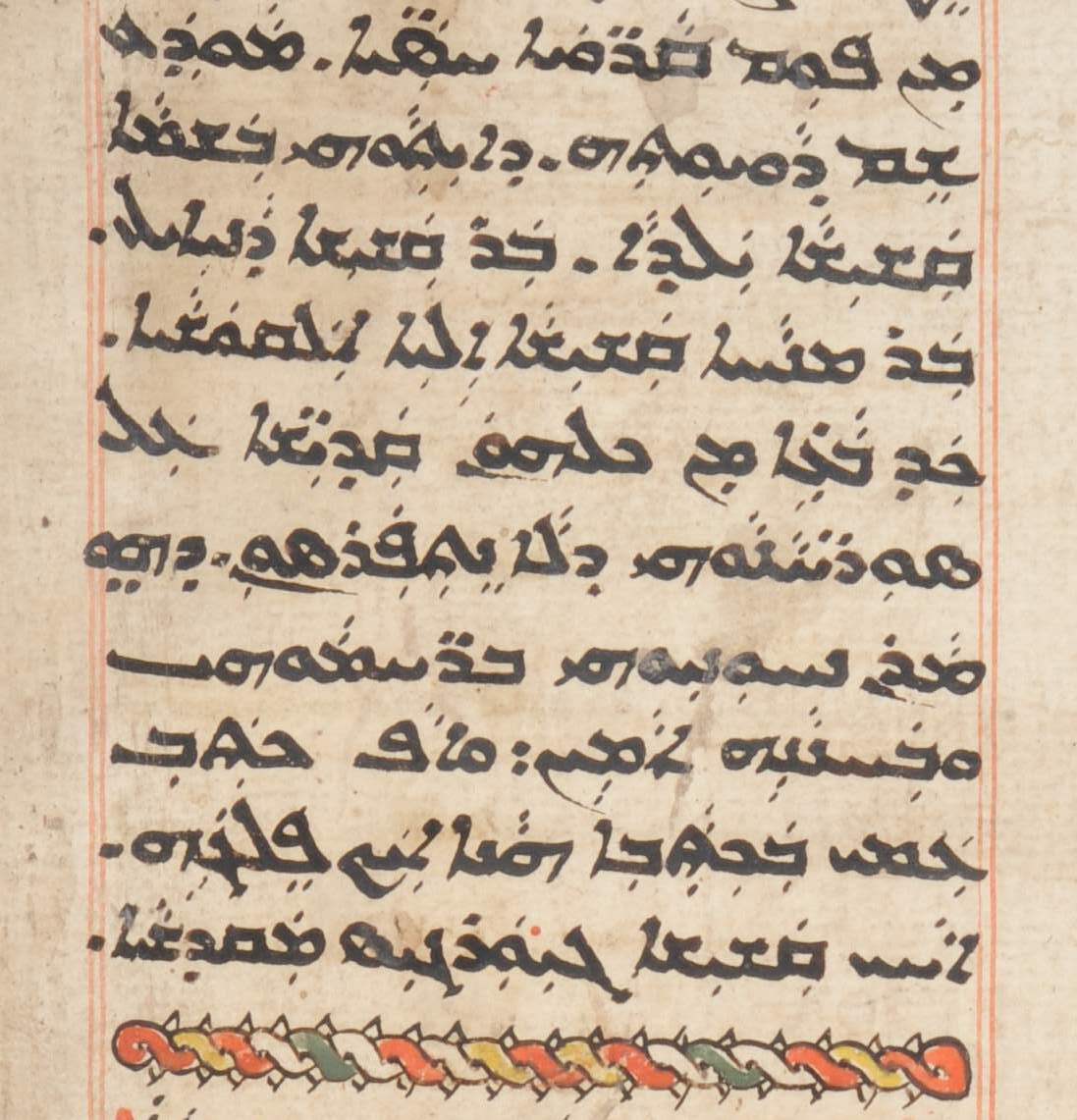
Scribal training in the Naṣro family could begin quite early, as evidenced by two notes written by Yoḥannan (also known as Ḥanna) bar Homo. The following two images come from manuscripts copied—at least partially—by Yoḥannan, and he was thoughtful enough to leave future readers with some interesting information about his age when he copied them:
“The student Yoḥannan wrote these stories when he was still 11 years old, and he copied them in the year 2033 of the Greeks [i.e., 1722 CE].”
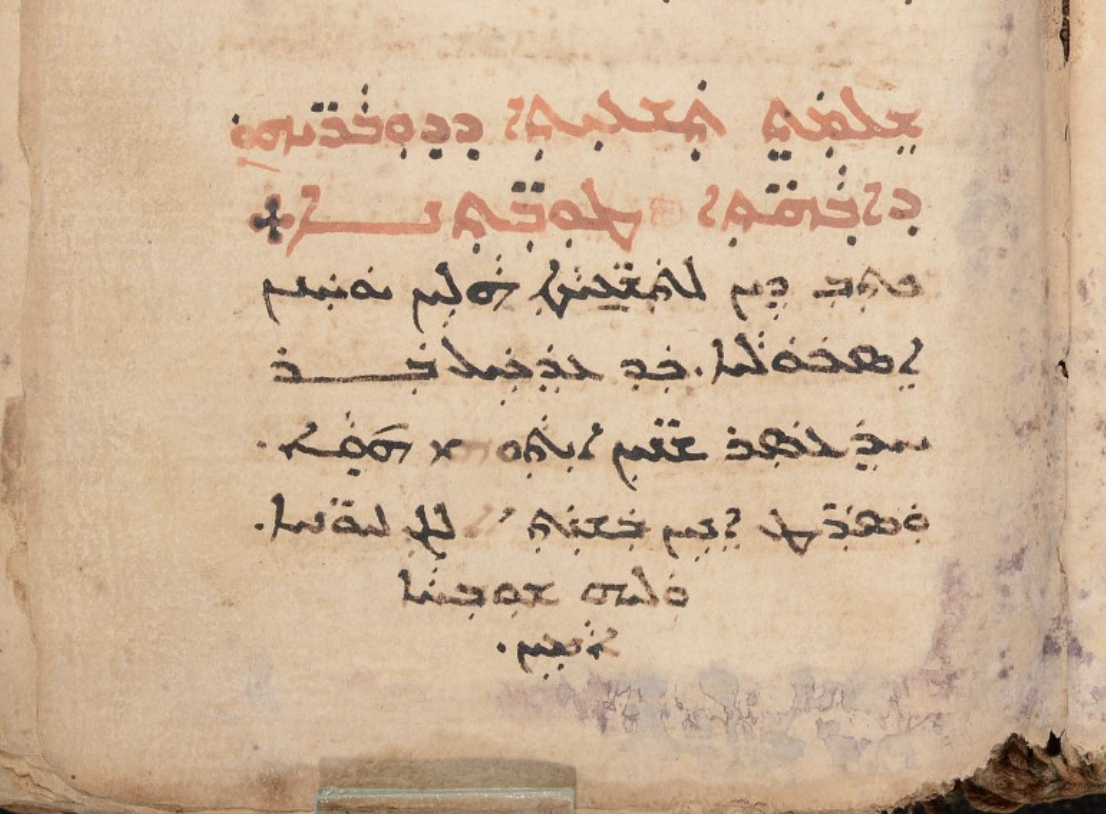
“The student Yoḥannan, son of the priest Homo, son of the priest Dāníʼél the Alqushite, wrote this book when he was still 13 years old.”

If other scribes in the Naṣro family got a similar early start, it is no wonder that they were responsible—collectively—for so many manuscripts over a period of roughly 300 years.
As a final note, it is interesting to observe that David Wilmshurst was not the first person to attempt creating a Naṣro family tree. Preserved among the materials in the private collection of Bishop Jāk Isḥāq there is a fascinating document: a Naṣro family tree, handwritten in Syriac. It is unclear who made this family tree, or when it was created, but it appears to have been added to over time.

In the image above, I have indicated with a red line the generation of the four brothers who began our story about the Naṣro family’s prodigious scribal tradition: “And the priest Dāníʼél fathered the priest Košābā, and the priest Homo, and the priest Yaldā, and the priest Gíwargís.” As you can see, the family tree becomes significantly more complicated from there, which each angled line representing a new generation. This document also included members of the Naṣro family who were not scribes.
The colophons of the manuscripts copied by the Naṣro family provide rich details about the work and legacy of this family from Alqūsh. There are other important scribal families, both from Alqūsh and nearby Tel Keppe, whose history could be similarly reconstructed from manuscripts in Reading Room, but their stories will have to wait for another time!
The Naṣro Family in HMML Manuscripts
Scribes in the Naṣro family and the number of manuscripts (mss) they copied that are currently identified and available in HMML Reading Room (not including manuscripts known in other libraries/collections).




